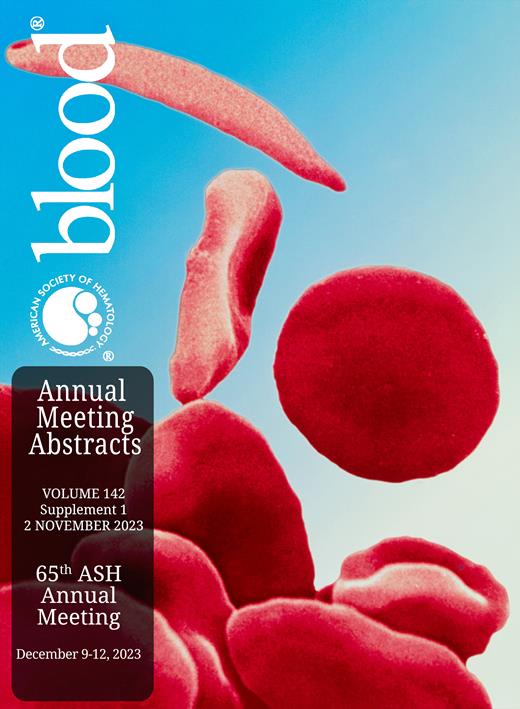TITLE
Early identification of very high risk patients with Diffuse Large B Cell Lymphoma (DLBCL) by PET-CT.
INTRODUCTION
Early identification of high risk DLBCL after the start of treatment continues to be a challenge that has not been fully resolved. The main aim of this study was to analyze the prognostic impact on progression free survival (PFS) of some PET-CT parameters at diagnosis (PET0) and after two cycles of first-line treatment (PET2).
METHODS
Patients diagnosed with DLBCL eligible for immunochemotherapy were prospectively included. A PET-CT was done at diagnosis, after two cycles of treatment and at the end of treatment. Metabolic tumoral volume (MTV), total lesion glycolysis (TLG) and maximum standardized uptake value (SUVmax) were the main initial parameters analyzed whereas Deauville score (Dv), the difference between PET0-PET2 SUVmax (deltaSUV) and MTV2 were the parameters analyzed after two cycles. The MTV was defined as the volume of hypermetabolic tissue with a SUV greater than a threshold value of 3 using volume viewer software (Lyfex). All PET/CT studies were performed at the same hospital and with the same equipment and analyzed by 3 Nuclear Medicine experts. The primary endpoint was PFS.
RESULTS
153 patients diagnosed with DLBCL from 8 hospitals in Castilla y León were included. All of them received first line treatment with R-CHOP or similar immunochemotherapy regimens. Median age was 64 (24-86) years, and 51% were male; 70% had III-IV Ann-Arbor stage. The revised International Prognostic Index (R-IPI) distribution was low risk (0), 7,2%, intermediate risk (1-2), 51%, and high risk (3-5), 41,8%. Median MTV0 was 478,6 cm 3.
ROC analysis identified as the optimal cut-off points 700 cm 3 for MTV0, 6430 cm 3 for TLG0, 25 for SUVmax and 1,85 cm 3 for MTV2. The cut-off of 66% was used for deltaSUV, as described in previous publications.
Overall response rate (ORR) after treatment was 87,6% (71,2% complete response). With a median follow up of 39 months, estimated PFS at 3 years was 74,8%.
In addition to R-IPI, all PET0 and PET2 parameters analyzed, with the exception of SUVmax at PET0, showed significant influence on PFS, as shown in table 1. In multivariate analysis, MTV0 and deltaSUV maintain independent influence. Based on these two factors, 3 groups with different PFS were obtained, as shown in figures 1 including a high-risk group (MTV0 >700 cm 3 and deltaSUV <66%) that comprised 24% of the series, with PFS at 3 years of 30,5%.
CONCLUSIONS
The combination of different PET parameters at diagnosis and after two cycles of treatment give us the possibility of identify, independently of IPI, a subgroup of patients with very poor PFS. It could serve as a basis for risk-adapted treatments, although further prospective studies with larger population are required in order to confirm our results.
Disclosures
Lopez Parra:Janssen: Honoraria, Speakers Bureau; Novartis: Consultancy; Kite Gilead: Honoraria, Speakers Bureau; Celgene BMS: Consultancy. Garcia-Sanz:Janssen: Consultancy, Honoraria; Takeda: Consultancy, Honoraria. Martin García-Sancho:Roche: Consultancy; Janssen: Honoraria; Takeda: Consultancy; Novartis: Consultancy.


